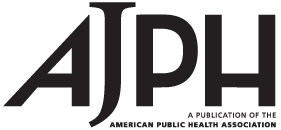


Trends in Low-Value Health Service Use and Spending in the U.S. Medicare Fee-for-Service Program, 2014-2018
A cross-sectional study found that among individuals with fee-for-service Medicare, low-value care use and spending decreased marginally from 2014 to 2018, despite a national provider education campaign and increased attention on low-value care. Most use of low-value care came from three services, one of which was opioid prescriptions. These findings indicate there are many opportunities to continue to reduce low-value care utilization.
Reducing Medical Waste to Improve Equity in Care
Medical waste is a major contributor to health inequities. As such, policymakers, payers, and providers must adopt a health equity lens when designing and implementing interventions to reduce it. Learn more about the categories of medical waste and how they exacerbate inequities in our healthcare system here.

Screening for Asymptomatic Carotid Artery Stenosis
The U.S. Preventive Services Task Force recently released a recommendation against screening for asymptomatic carotid artery stenosis in the general adult population. Click here for more on this recommendation.

Why It’s So Hard to Cut Waste in Health Care
In the wake of the COVID-19 pandemic, perhaps one of the unexpected effects has been the sharp decline in healthcare spending in the U.S. While seemingly something to celebrate, this decline is a double-edged sword, as reductions in essential health care visits and services could have grave consequences. Read more.
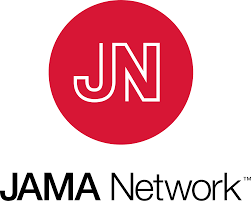
Reducing Administrative Waste in the U.S. Health Care System
Studies show that on average, U.S. individuals spend nearly $2500 on unnecessary health care per year. A recent JAMA article suggests that the safest way to reduce this amount is to eliminate administrative expense waste, as it has the benefit of lowering health care costs without affecting spending on patient care.
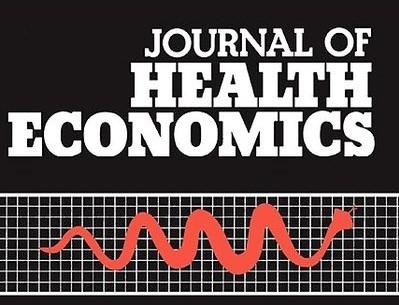
Effects of Employer-Offered High-Deductible Plans on Low-Value Spending in the Privately Insured Population
While some argue that high-deductible health plans limit wasteful spending by incentivizing reductions in low-value care, others worry these plans lead patients to indiscriminately reduce health care use. In a recent study, HDHPs were associated with a 5.2% reduction in overall patient spending, including a 13.7% reduction in spending on low-value care. The findings suggest that HDHPs are a relatively blunt instrument for reducing care utilization.

Changing Provider PSA Screening Behavior Using Best Practice Advisories: Interventional Study in a Multispecialty Group Practice
When choosing a test or treatment, patients and providers weigh the benefits and harms of a particular service. In this recent article, authors suggest that in order to move toward more informed clinical decision-making and patient-centered care, researchers must address the lack of evidence on potential harms resulting from various healthcare interventions.

A Key to Reducing Prescription Drug Spending
The fastest-growing component of health benefits is drug spending. Research shows that 3-24% of companies’ total drug spending is wasteful. In this article, authors tell the success stories of three employers who aimed to reduce prescription drug spending by removing wasteful drugs.

Ambiguous Genetic Test Results Can Be Unsettling, Lead to Needless Surgeries
Doctors are increasingly testing people’s genes for signs of hereditary risks for cancer. However, these tests can unsettle patients if an inconclusive result is obtained, and may lead doctors to inappropriately recommend surgery. In 2019, the USPSTF released clinically-nuanced recommendations for genetic counseling and testing for BRCA gene mutations, which discourage the use of these services for women without a family history of BRCA-related cancers.

Emergency Preparedness Lessons for Employers from COVID-19
An emergency preparedness guide released by the Northeast Business Group on Health recommends that employers invest in V-BID principles to strengthen their COVID-19 response and prepare for a future pandemic situation. The incorporation of value-based principles in plan designs, as demonstrated with the V-BID X health plan, can encourage employees to seek appropriate care and address emergent needs in a public health emergency.
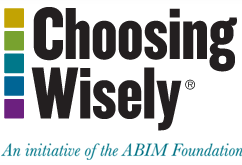
Promoting High-Value Care: A Conversation with Mark Fendrick
The Choosing Wisely initiative recently spoke with V-BID Center Director Mark Fendrick about the state of value-based insurance design and how to best identify, measure, report on and reduce the billions of dollars spent every year on low-value services. Read more about steps that can be taken to reduce the use of low-value care from our infographic.

Working Paper: The Health Costs of Cost-Sharing
A recent working paper released by the National Bureau of Economic Research provides evidence that small increases in out-of-pocket costs cause Medicare patients to reduce prescription fills for high-value drugs like statins and antihypertensives, ultimately leading to higher rates of mortality. Cost-sharing should be determined based on a drug’s impact on patient welfare, rather than the drug’s overall price or demand.
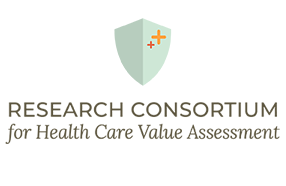
Similarities and Differences Between States with Varying Rates of Low-Value Care: A Qualitative Review
Recent qualitative review findings suggest that access to multiple health care resources may have an impact on the prevalence of low-value care. Because of this, researchers suggest that introducing a “screen door” approach to block out low-value care, while allowing high-value services to pass through, may have the potential to increase the overall value of U.S. health care while cutting costs.

Variations in Persistent Use of Low-Value Breast Cancer Surgery
In this article, researchers take a closer look at how facility-level determinants play into the continued overuse of 4 low-value breast cancer operations previously identified by surgical specialties through the Choosing Wisely initiative.


